Description
Today’s modern javelin throw competition evolved from the art of hunting by humans in ancient times. The ancient javelin was made for hunting while the modern javelin is made for a competitive sport. Javelin Throw is a track & field competitive throwing event since 1908 in which a participant throws a metal-tipped javelin as far as possible. It is a game of skills, balance and power. According to the IAAF a competitive javelin must be made of aluminum or aluminum alloys and must have a head, shaft and grip.
Beginners usually start learning javelin throwing skills by using a training javelin. The shape, measurements, grip, dimensions, weight and material of the training javelin are the same as those described in the IAAF rules.
The NHD Super Aluminium Alloy Practice Javelin?s are ideal for training. The shaft is made of Dura Aluminium Alloy which is highly durable than an ordinary javelin. The spear is provided with a 150 mm wide grip made of 4 mm antiskid cord to prevent slipping while throwing. The tip of the spear is made of heavy gauge iron and the tip is so sharp that it can make clear marks on the ground and does not wear off quickly even with repeated use. The design, shape, grip, dimensions and minimum weight of the javelin are exactly as per IAAF rules. It has been designed under the supervision of industry experts for long distance throwing. Very suitable for training.
What is Javelin?
Javelin It is a track and field sport event in which a javelin or spear has to be thrown to a certain distance. The men’s javelin must weigh at least 800g and be 2.6m-2.7m long while the women’s javelin must weigh 600g and be 2.2m-2.3m long. The grip of the javelin is around 150 mm wide.
How to throw a Javelin?
Unlike the other throwing events such as shot put, discus, and hammer throw, the technique used to throw the javelin is dictated by IAAF rules and “non-orthodox” techniques are not permitted. The javelin thrower gains momentum by running within a predetermined area. The athlete must hold the javelin by its corded grip with his or her little finger closest to the tip of the implement and must not turn their back to the landing area at any stage until the throw and landing are completed. Further, the javelin must land tip first. The javelin need only make a mark on the ground and not stick in or ‘break turf’. The athlete must also stay behind the foul line while throwing and the javelin must be above the shoulder throughout the throwing process.
What are the measurements of the Javelin throw Runway and Landing Sector?
The runway should at least be 30m but if conditions permit then the length can be extended to 36.50m. The width of it is 4m. The throwing arc is marked with 8m radius at the end of the baseline while the landing sector is marked with arcs at specified intervals on a grass pitch at an angle of 28.96 degrees extending outwards from the arc at the end of the runway.
How to decide the winner at the Olympics and what is the Javelin scoring system?
The winner is decided through the distance of the thrown javelin from the starting point. To put it simply, the athlete who throws the javelin the farthest throw wins.
If there is a tie, the person whose next best throw went the farthest wins. If still tied after this, then compare the third-best distance of the tied athletes and the athlete with the greatest third-best distance is awarded the higher place.
In general, no athlete shall have more than one trial (throw) in any one round. Where there are more than eight athletes, each athlete shall have three trials and the eight athletes with the best valid performances shall be permitted an additional three trials. However, where there are eight or fewer athletes, each athlete shall be allowed six trials.
In the Olympics, there is no limit to the number of athletes in the qualification round. Each athlete gets three trials and 12 athletes with the best throws qualify for the final round.
In the finals, the bottom four get eliminated after the first three trials and the remaining get to try their luck for three more trials. The winner is decided taking into account the best of the six trials in the final round.
What are the IAAF official size and specifications of a Standard Javelin?
A javelin has three parts, a head, a shaft, and a cord grip. The head is the pointed tip of the javelin. The shaft is made of metal, the portion following the head and terminating at the grip. The size, shape, minimum weight, and center of gravity of the javelin are all defined by IAAF rules. In international competition, men throw a javelin between 2.6 and 2.7 m (8 ft 6 in and 8 ft 10 in) in length and 800 g (28 oz) in weight, and women throw a javelin between 2.2 and 2.3 m (7 ft 3 in and 7 ft 7 in) in length and 600 g (21 oz) in weight. The javelin has a grip, about 150 mm (5.9 in) wide, made of cord and located at the javelin’s center of gravity (0.9 to 1.06 m (2 ft 11 in to 3 ft 6 in)) from the javelin tip for the men’s javelin and 0.8 to 0.92 m (2 ft 7 in to 3 ft 0 in) from the javelin tip for the women’s javelin.
What is the Permitted taping, Time allowed and Fouls in the Olympics for a Javelin Thrower?
Permitted Taping: The taping must not assist the athlete and it must be checked by the chief judge prior to start. Taping two or more fingers together is not allowed. The use of gloves is not allowed.
Time Allowed: A minute is allowed to complete a trial from the time his name is announced. A clock showing the remaining time left for a trial should be visible to the athlete. An official shall also raise a yellow flag to indicate during the final 15 seconds of the time allowed.
Fouls: A throw without holding the javelin grip is deemed as a foul. If the thrower turns completely around so that his/her back is towards the arc, it is a foul. After stepping onto the runway, if any part of the body touches the sidelines or the ground outside the runway it will be considered a foul. While counting. If the athlete exceeds the time limit, it is a foul. If the trial is a failure a red flag is raised. No indication for a valid trial.
Weight Rules by Age Group
| Age Group | Men | Women |
| U13 | 400g | 400g |
| U15 | 600g | 500g |
| U18 | ||
| 700g | 500g | |
| Junior (U20) | ||
| 800g | 600g | |
| Senior | ||
| 800g | 600g | |
| 35-49 | 800g | 600g |
| 50-74 | 500g | |
| 50-59 | 700g | |
| 60-69 | 600g | |
| 70-79 | 500g | |
| 75+ | 400g | |
| 80+ | 400g |

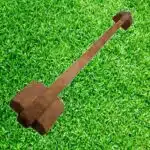
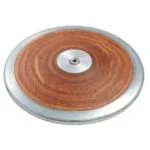

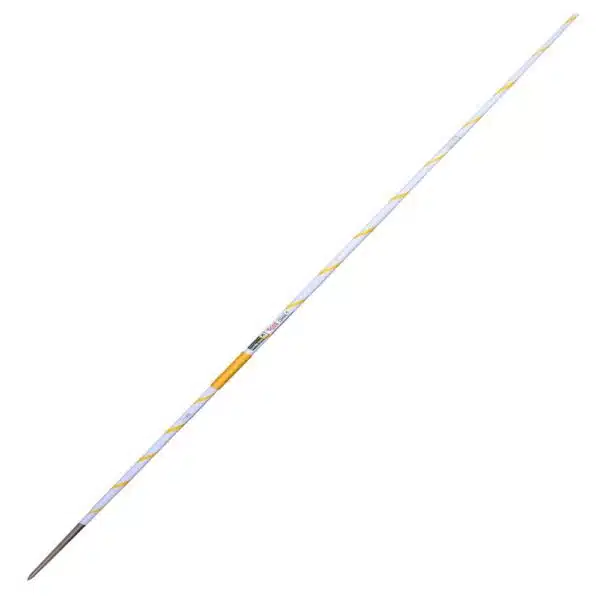
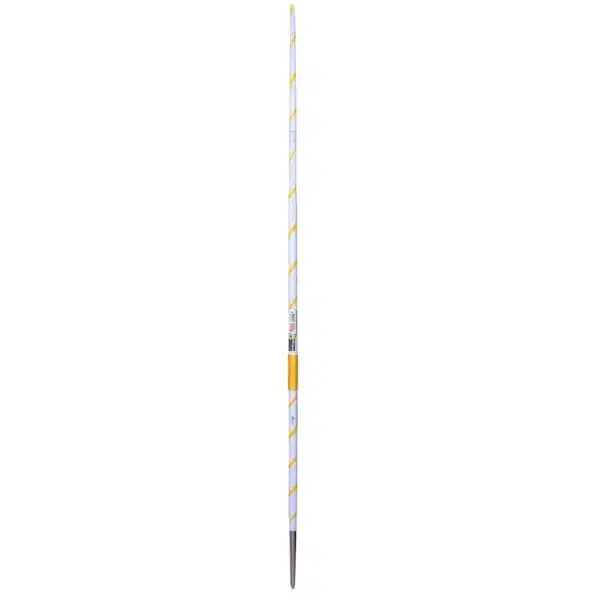
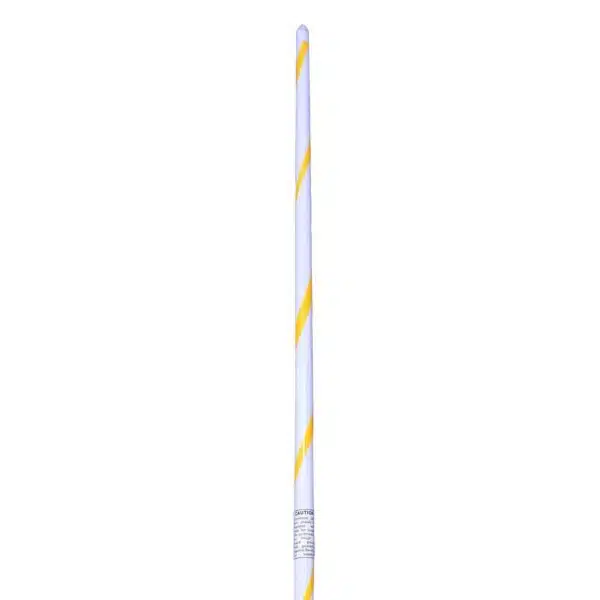

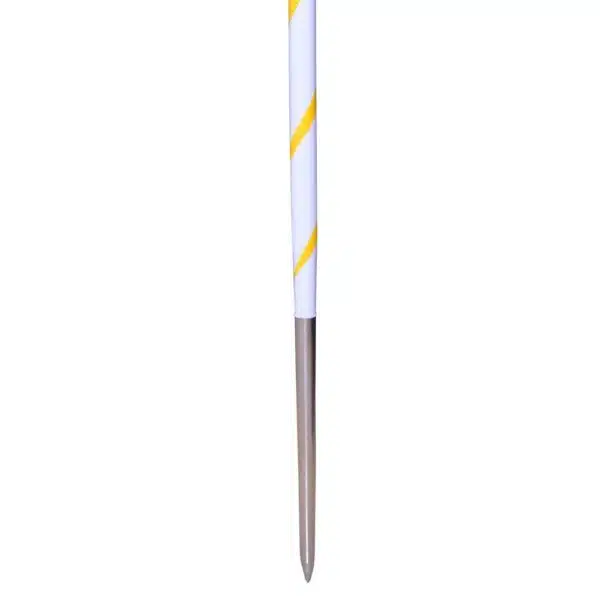
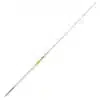
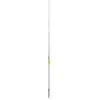
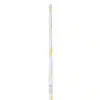
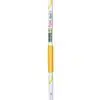
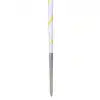
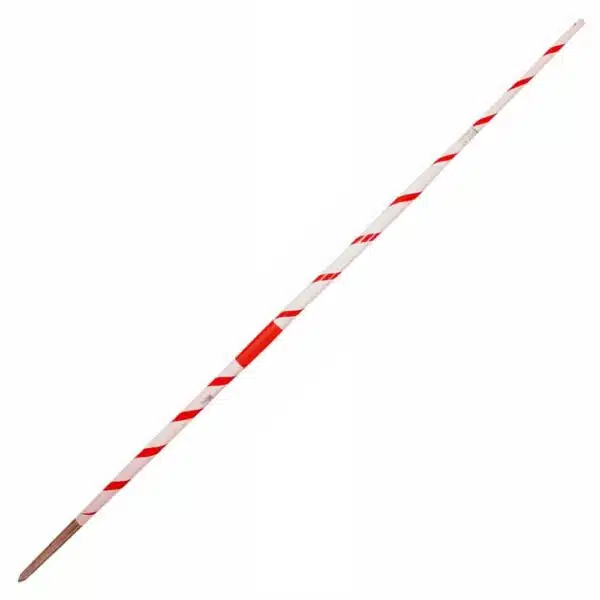
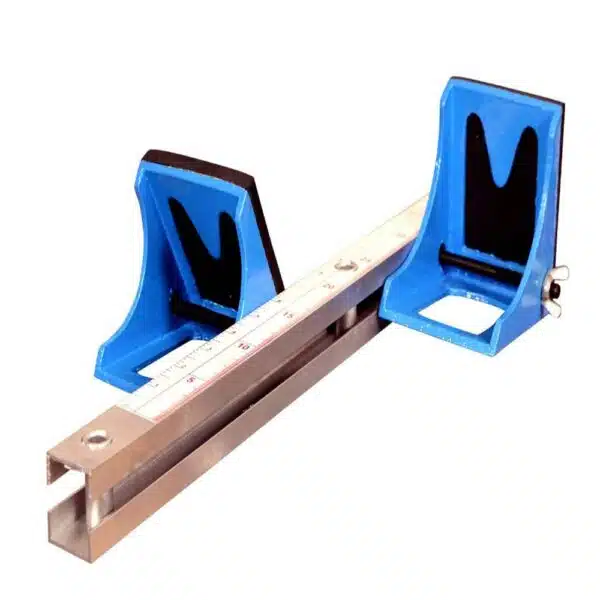
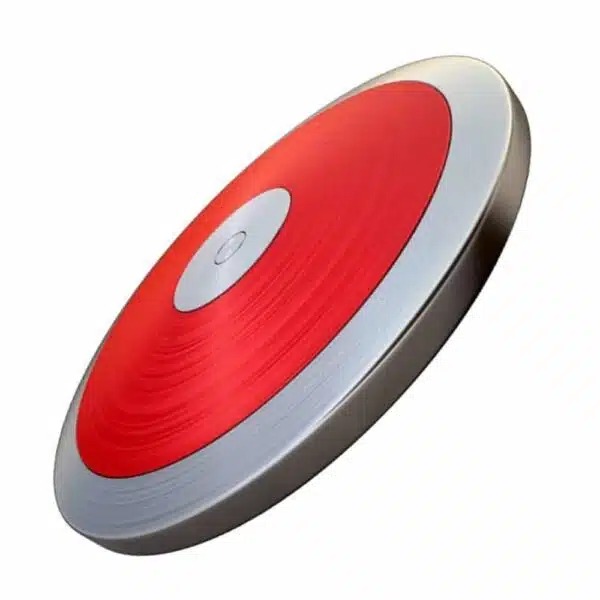
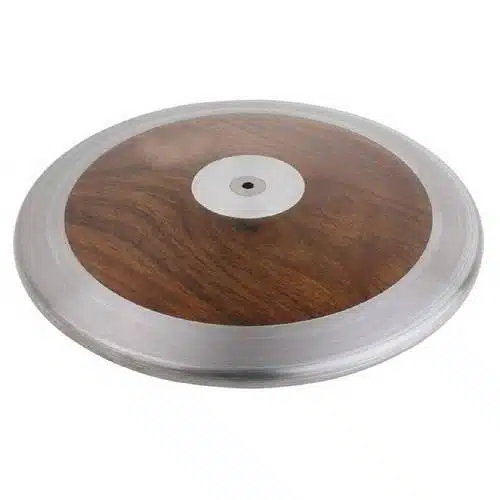

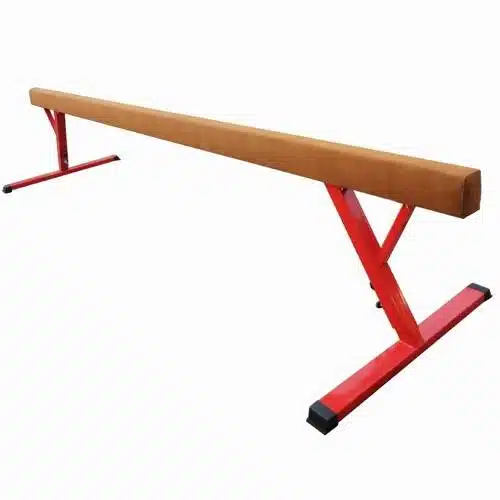


Reviews
There are no reviews yet.